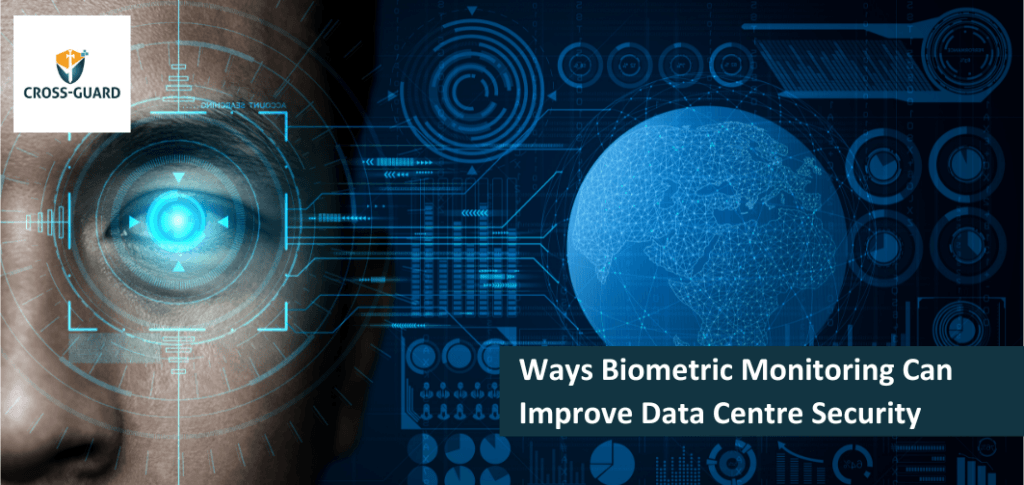Ways Biometric Monitoring Can Improve Data Center Security

Data Centres all over the world are adapting new biometric security to enhance their physical security of data centres. There are a number of advantages of using biometric monitoring to control access to all or sections of data centres.
Currently, some physical security is hard to deliver due to using keys and access cards to manage entry into data centre facilities, however, biometric monitoring is transforming the way data centre operators secure and monitor their facilities. Biometrics provide opportunities to bring a new level of efficiency to data centres.
An Introduction to Biometric Monitoring
Biometric monitoring involves using devices to collect data such as facial scans, fingerprints, and body temperature. This allows data centre operators to allow or deny access to their facilities.
What are the advantages of Biometric Monitoring for Data Centres?
Biometric monitoring provides several advantages over other forms of access control and monitoring including:
- Biometric authentication is fast and convenient
Most processes can be completed in a matter of seconds, providing convenient and secure digital defence against identity fraud. With no PINs, passwords or other knowledge-based responses required, biometrics offer a quicker solution as we carry our credentials with us whenever we go (no need to remember any pins).
- Biometric authentication is very reliable
Compared to other types of devices, biometric devices are more difficult to deceive. For instance, if an entry-level device requires users to swipe a keycard, malicious actors could easily steal the card of a legitimate user to bypass the security controls. However, if the device uses facial recognition or fingerprint scanning, it is almost impossible for them to pretend to be a legitimate user.
- Biometric authentication offers multiple authentication factors
By using biometric monitoring, it is simpler to set up multiple authentication factors to improve security. For instance, users can be authenticated based on both fingerprint and retina scan. This is harder to achieve with traditional access control devices, such as card readers, that usually only validate users based on one factor.
Many data centres are implementing new security measures to ensure physical access to their facilities is secure. Nowadays, several security device vendors provide biometric readers that not only secure the data centre’s perimeters but also control access to individual server racks or other areas within the data centre.
Despite advancements in technology, conventional monitoring and access control systems are not expected to disappear from data centres any time soon. However, it is clear that there is a trend towards using biometrics, which allows for increased data centre security with less effort and fewer resources.
SHARE
DOWNLOAD A COPY OF OUR BROCHURE

